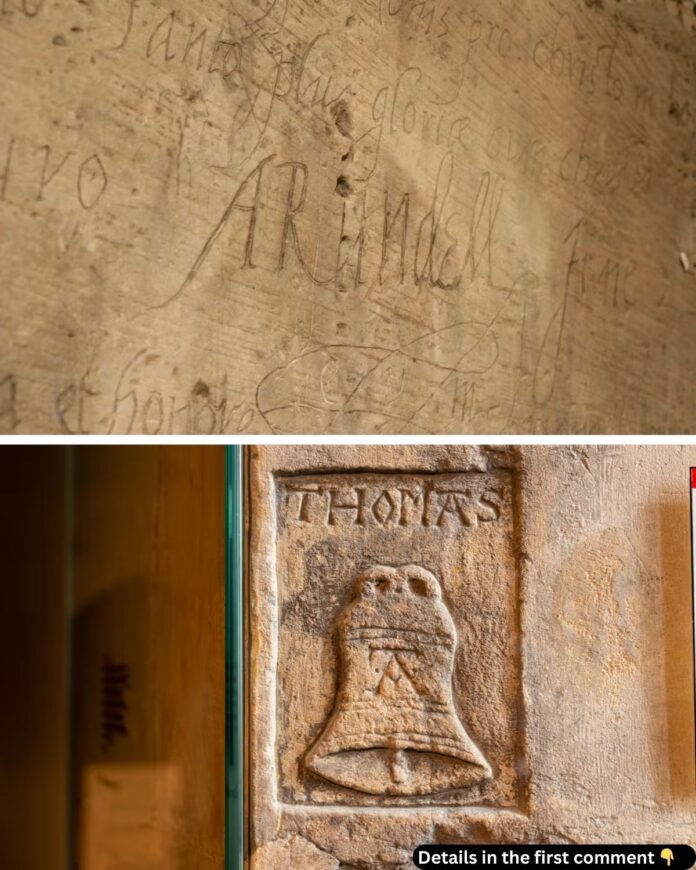The Tower of London has stood as a silent witness to centuries of British history. From its origins as a fortress to its transformation into a state prison, this iconic structure has held countless prisoners, each leaving behind stories of struggle, defiance, and survival. Among its many historical treasures, the Tower’s graffiti—carved into stone walls by prisoners—offers a deeply personal glimpse into the lives of those who once languished within its confines. Thanks to cutting-edge technology, many of these inscriptions, previously thought illegible, are being deciphered, shedding new light on these forgotten voices from the past.
Decoding the Past with Modern Technology
For centuries, the graffiti etched into the Tower’s walls remained overlooked or unreadable. However, with advancements in technology such as laser scanning, raking light, and X-ray analysis, historians are uncovering long-hidden inscriptions. These methods enhance the shadows and textures of the carvings, allowing researchers to identify intricate details once invisible to the naked eye.
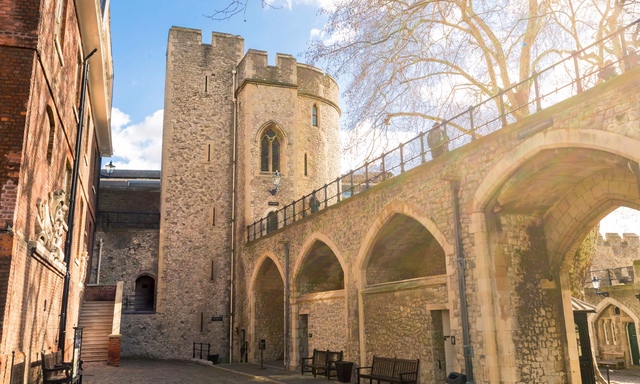
Dr. Jamie Ingram, leading a major project to study the Tower’s graffiti, has made groundbreaking discoveries. While conducting a survey of the Salt Tower, he identified 354 pieces of graffiti—far exceeding the 79 previously recorded. Among these were carvings by Hew Draper, a Bristol innkeeper accused of sorcery in 1561. Draper inscribed a zodiac wheel and astrological symbols, perhaps as a testament to his beliefs or as a means of passing time. His fate remains unknown, but his carvings offer a glimpse into his mind during his imprisonment.
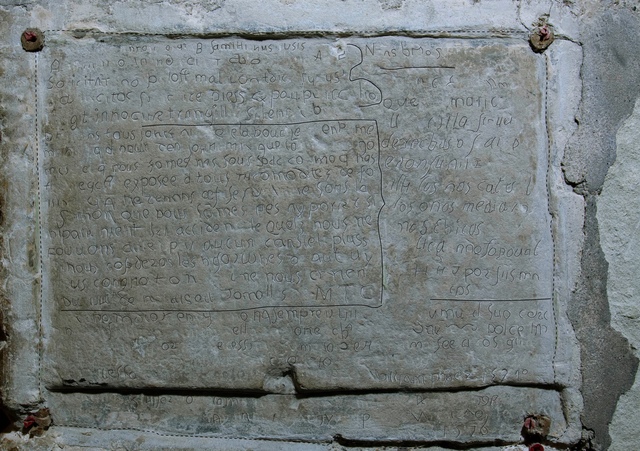
One of the most remarkable discoveries in the Salt Tower was a possible female voice—a rarity in historical graffiti. A passage written in Breton mentions a “husband” and references honor and rivers, raising intriguing questions about the identity and story of the author. Whether a prisoner herself or the wife of one, this inscription stands as a rare first-person record of a woman’s presence in the Tower.

Video
Step inside the Beauchamp Tower, a 700-year-old prison with intriguing 500-year-old graffiti – watch the video to explore the history and hidden stories behind these fascinating marks!
The Beauchamp Tower: A Gallery of Stories
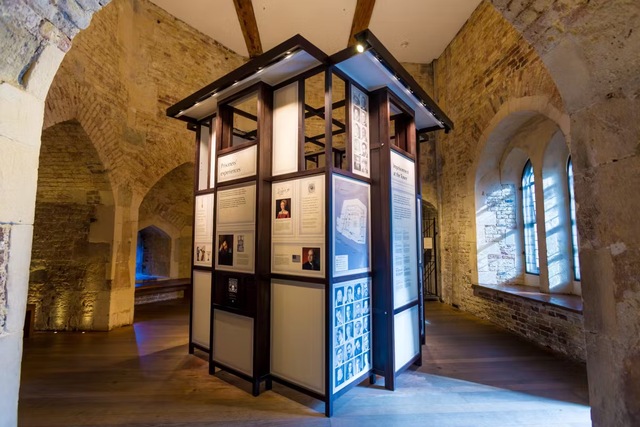
Another significant site within the Tower of London is the Beauchamp Tower, which has served as a holding place for high-profile prisoners throughout history. Its walls are adorned with some of the most intricate and poignant graffiti, each carving telling its own tale.
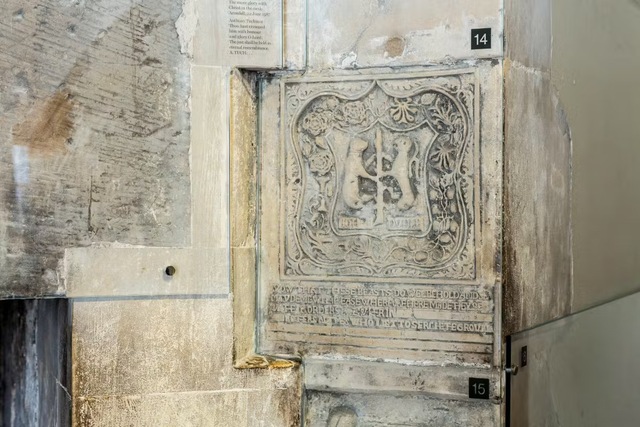
One of the most famous inscriptions is the Dudley family coat of arms, thought to have been created by John Dudley, son of the Duke of Northumberland. The carving features symbols representing each of the four Dudley brothers—roses for Ambrose, carnations for Guildford, oak leaves for Robert, and honeysuckle for Henry. Imprisoned due to their father’s failed plot to place Lady Jane Grey on the throne, their story is a testament to the political turmoil of the era.
Another striking piece is the graffiti left by Thomas Abel, chaplain to Katherine of Aragon. Imprisoned for opposing Henry VIII’s divorce from Katherine, Abel carved a bell with an “A” and his name, symbolizing his steadfast loyalty. His carving endures as a tribute to his defiance and unwavering faith.
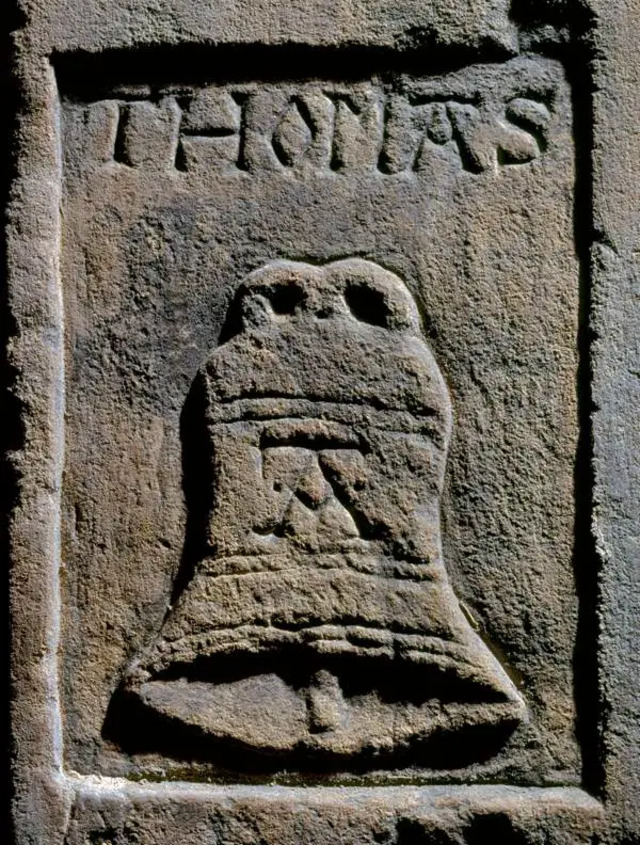
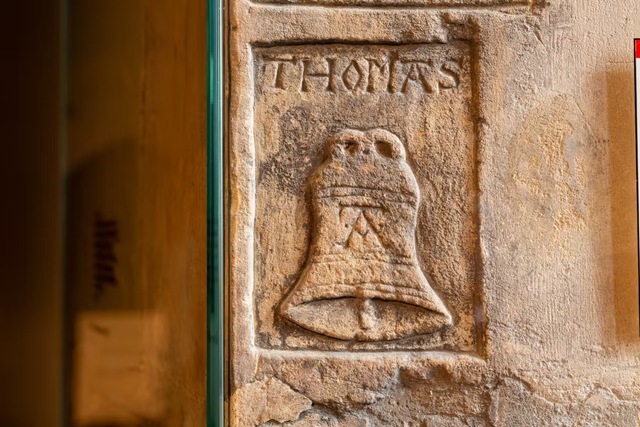
The name of Philip Howard, Earl of Arundel, is also etched into the Beauchamp Tower walls. A leading Catholic peer, Howard was imprisoned for 10 years by Elizabeth I for his religious beliefs. His inscription, written in Latin, reflects his devotion: “The more affliction we endure for Christ in this world, the more glory we shall get with Christ in the world to come.” His story is a powerful reminder of the sacrifices made for faith during a time of religious persecution.
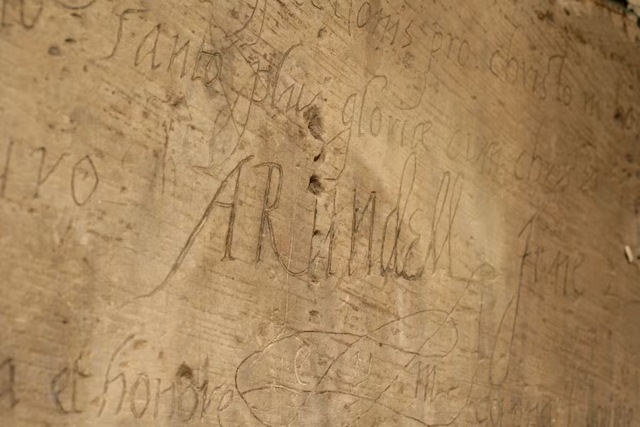
Hidden Graffiti Across the Tower
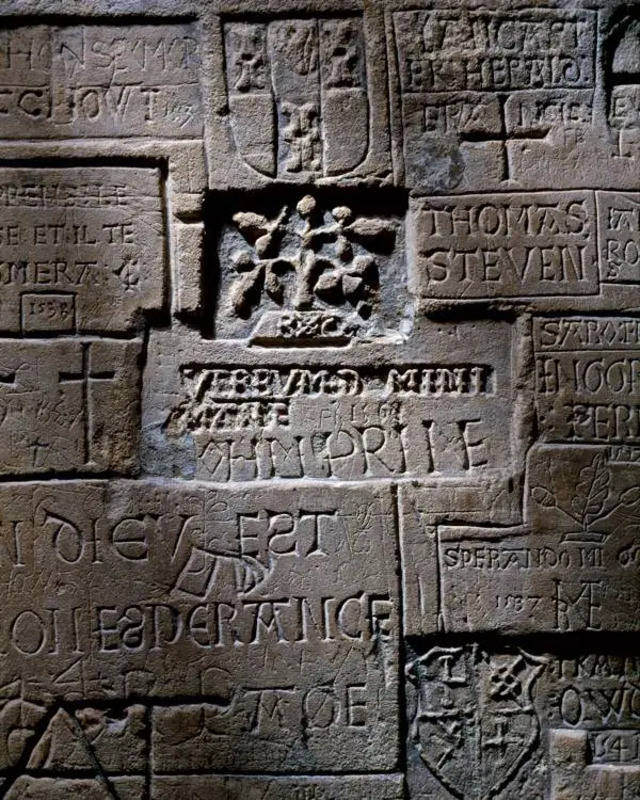
Beyond the Salt and Beauchamp Towers, many other mysterious and thought-provoking inscriptions can be found across the Tower of London. Each carving represents the resilience of the human spirit and the need to leave a lasting mark, even in the face of despair.
In the Bell Tower, an anonymous inscription reads: “By torture strange my truth was tried, yet of my liberty denied. Therefore reason hath me persuaded, patience must be embraced.” This poignant message captures the anguish and fortitude of a prisoner subjected to interrogation.
Hew Draper’s astrological carving in the Salt Tower stands out as a unique piece of graffiti, combining cosmology and personal reflection. His zodiac wheel is accompanied by the words “Hew Draper of Bristol made this sphere the 30th day of May, 1561,” a testament to his determination to record his identity despite his dire circumstances.
Inscriptions by Jesuit priest Henry Walpole are another notable example. Tortured 14 times during his imprisonment, Walpole etched his name alongside those of saints, reflecting his steadfast faith amidst suffering. His graffiti is a symbol of resistance and spiritual strength.
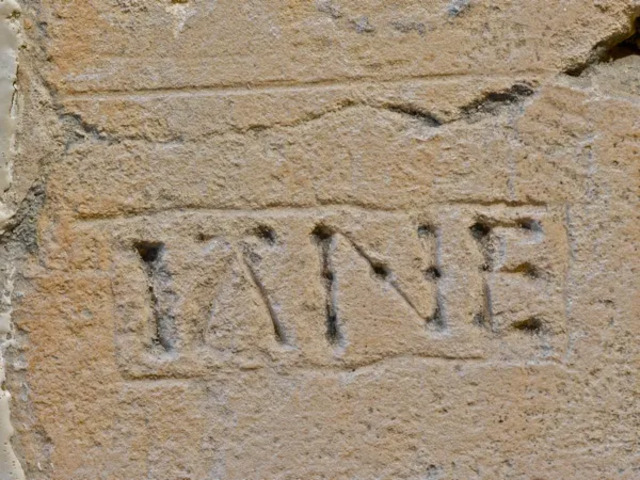
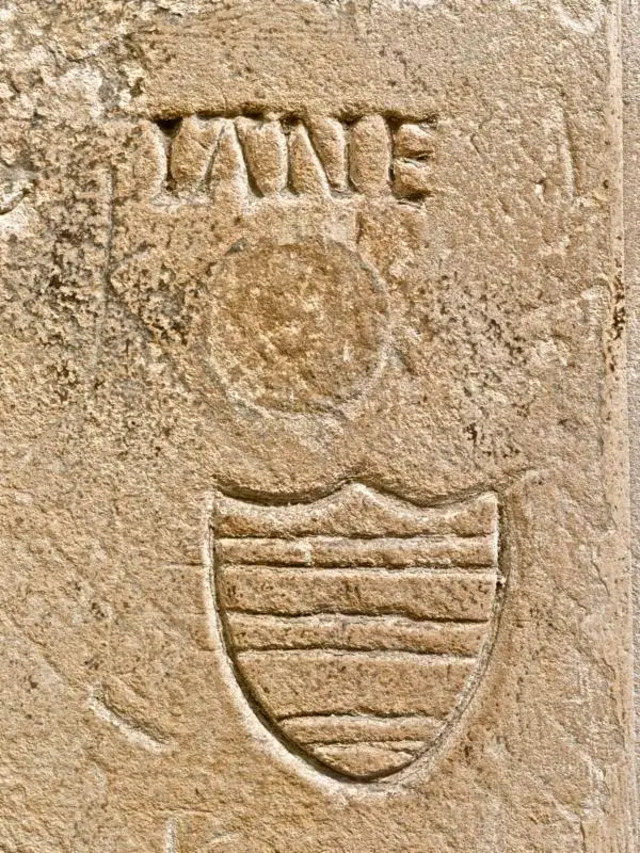
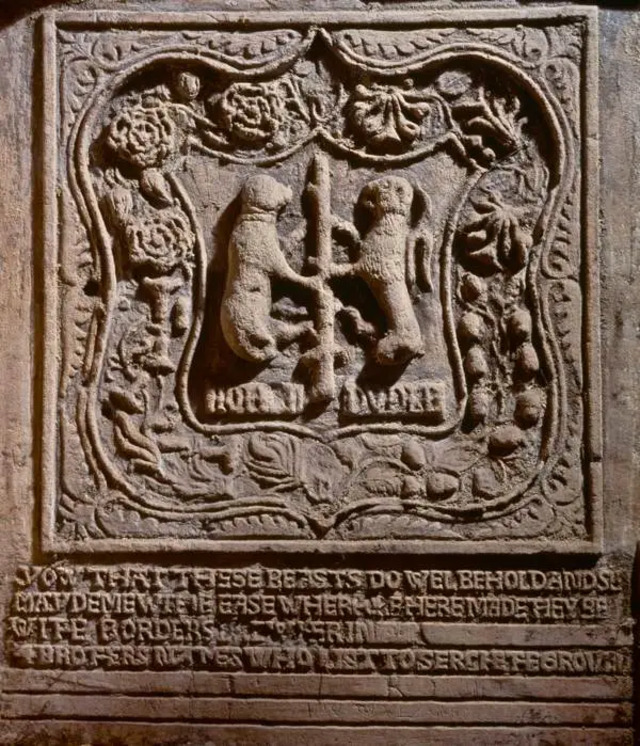
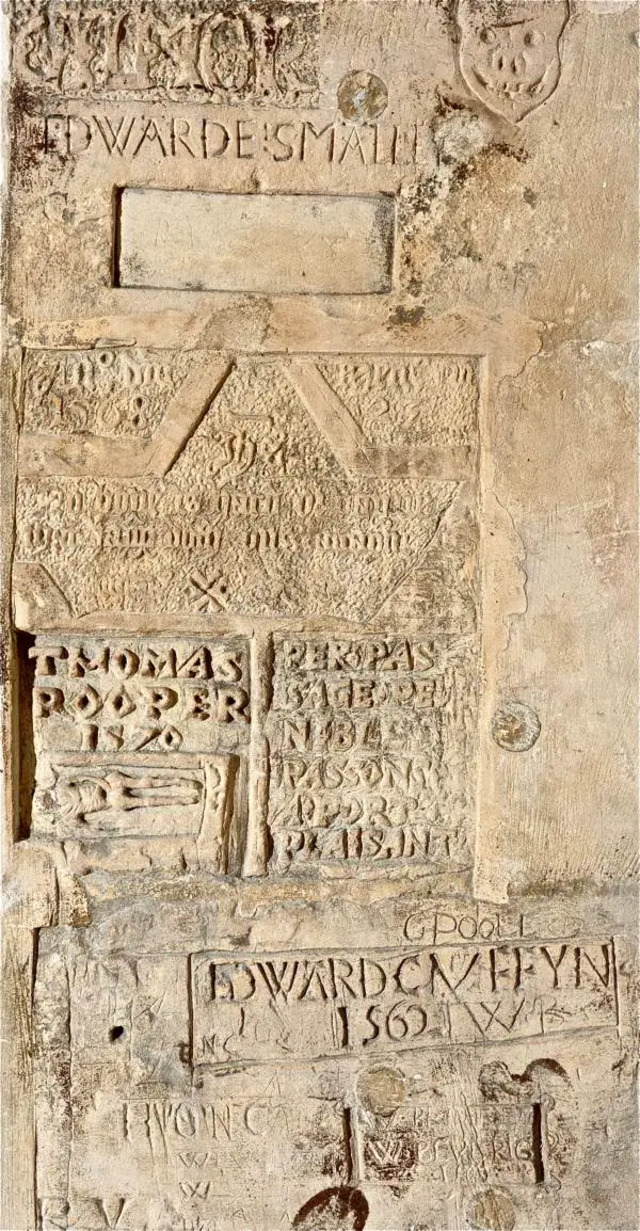
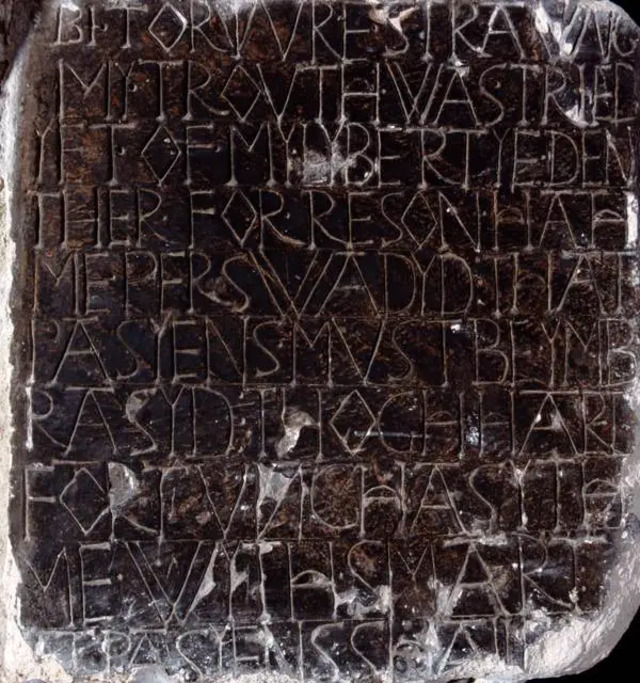
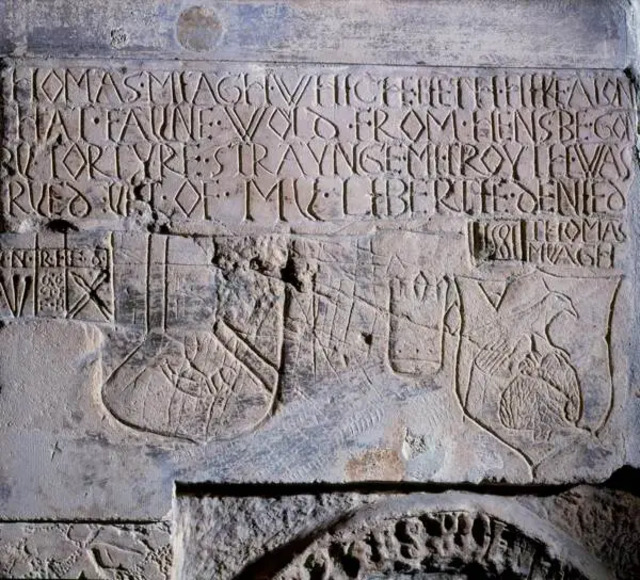
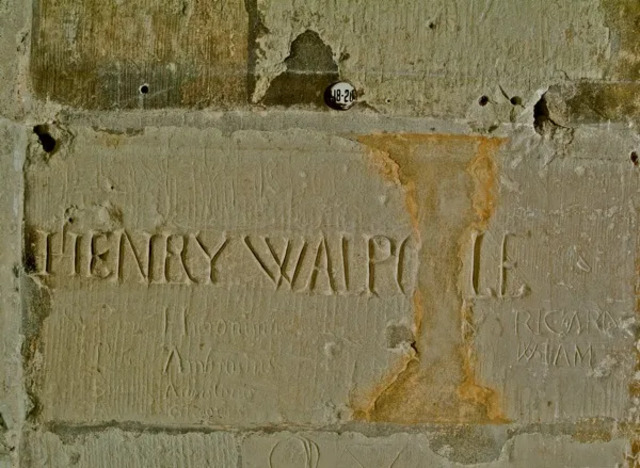
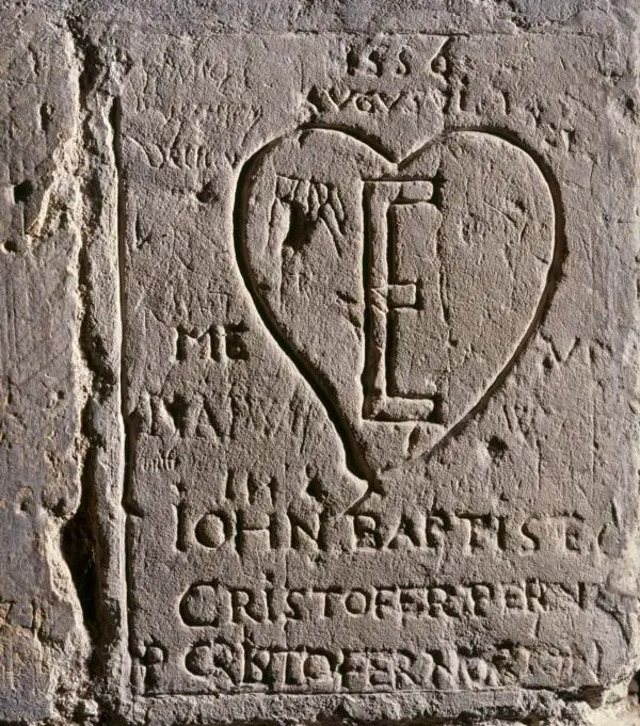
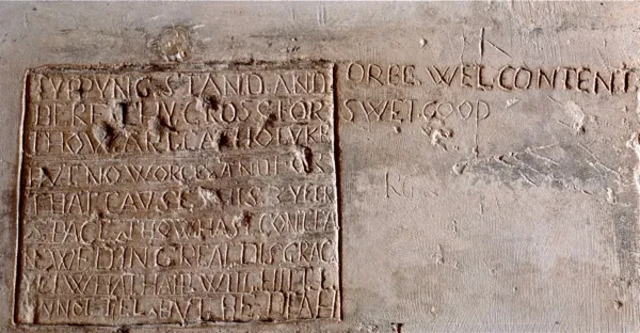
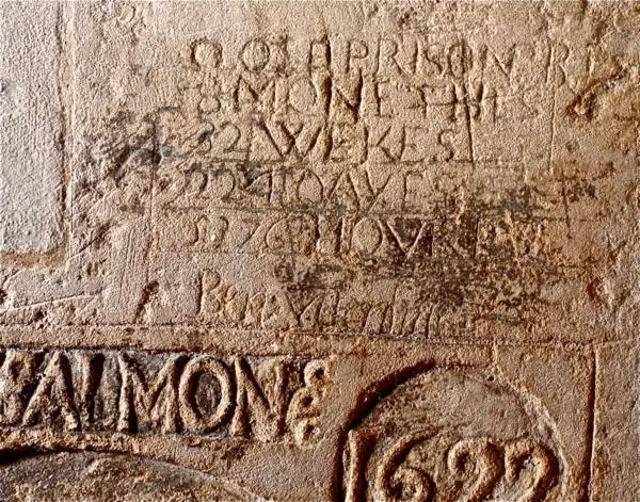
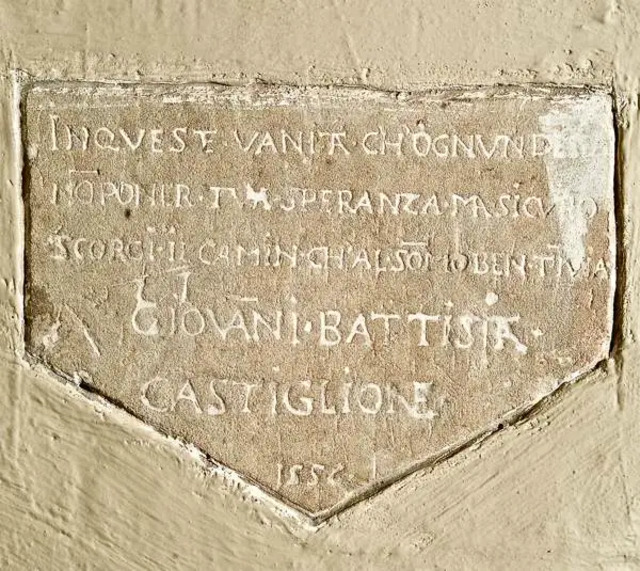
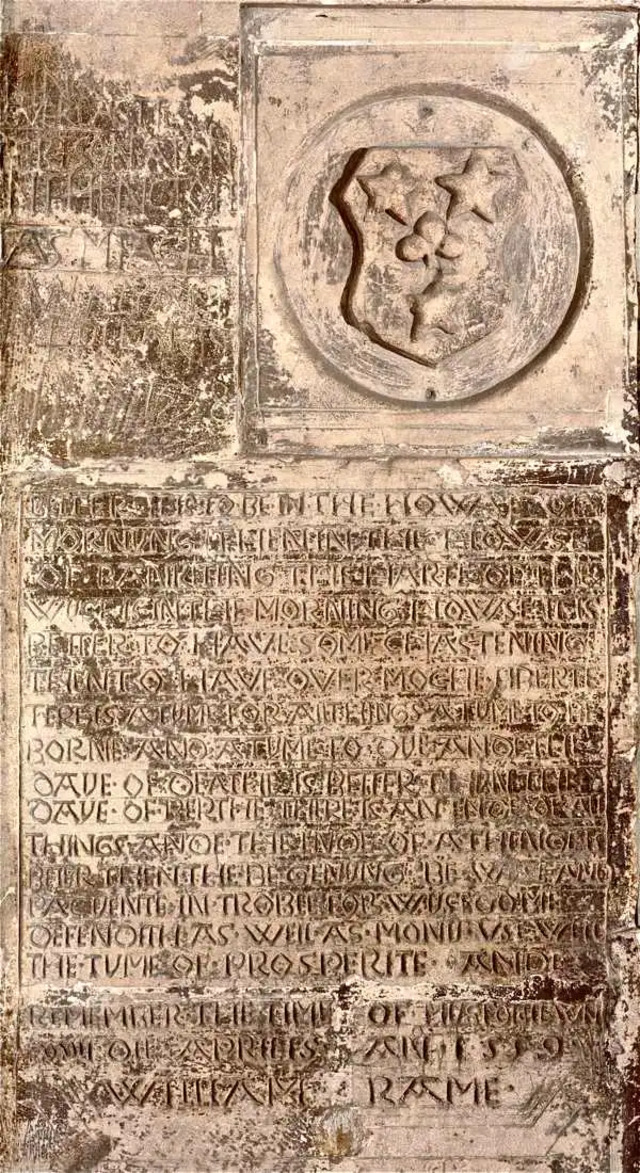
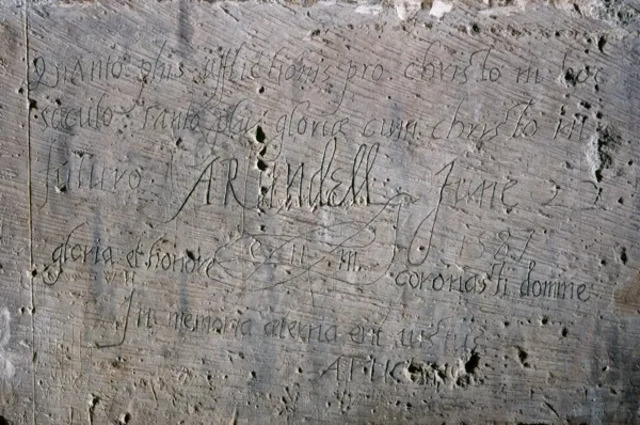
The Historical and Cultural Significance of Graffiti
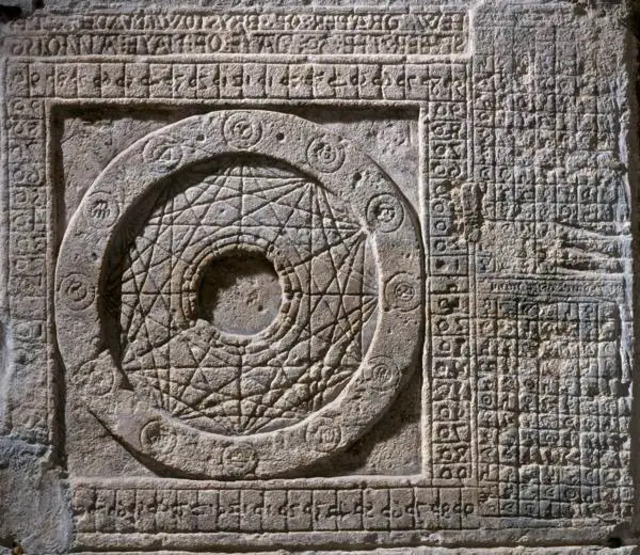
The graffiti left by prisoners in the Tower of London offers an unparalleled insight into the minds and emotions of those who lived and died within its walls. These carvings served multiple purposes: a way to mark time, express beliefs, and assert identity in a world that sought to erase them.
Many inscriptions reflect religious devotion, such as Philip Howard’s Latin plea or Henry Walpole’s saintly carvings. Others capture personal reflections, like the Dudley family coat of arms, which speaks to familial bonds amidst political upheaval. These inscriptions are not merely graffiti but historical records, providing a rare window into the lives of people who might otherwise have been forgotten.
Preserving the Tower’s Graffiti for Future Generations
Preserving these fragile carvings is a significant challenge. Modern graffiti, environmental damage, and the natural erosion of stone threaten these invaluable historical artifacts. Conservation efforts, supported by funding and advanced technology, are vital to ensuring that these inscriptions endure for future generations.
Exhibitions like “Imprisonment at the Tower” bring these stories to life, allowing visitors to connect with the human experiences behind the graffiti. The Beauchamp Tower’s display, for example, highlights the resilience and creativity of prisoners, showcasing carvings that span centuries.
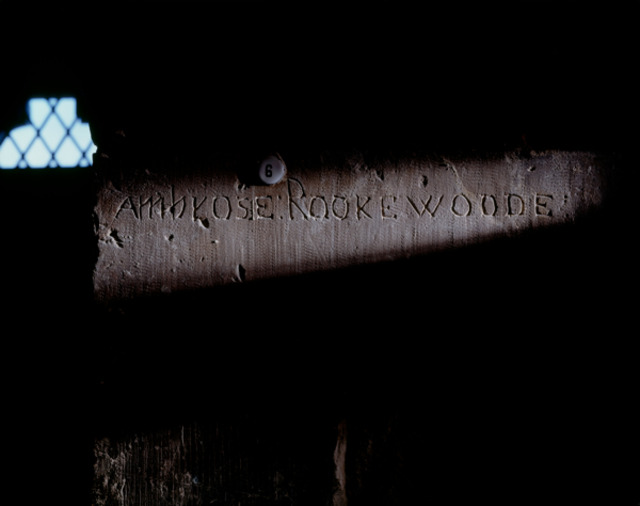
Video
Explore the rich history of the Tower of London – watch the video to uncover the fascinating stories, royal secrets, and iconic moments from this historic landmark!
Conclusion
The graffiti of the Tower of London is more than mere markings on stone; it is a testament to the human spirit’s ability to endure and assert itself in the face of adversity. From political prisoners to religious martyrs, the stories etched into these walls speak across time, offering profound insights into history, identity, and belief.
Thanks to modern technology and ongoing preservation efforts, these inscriptions continue to reveal new narratives, ensuring that the voices of the past are not lost to history. As we uncover these hidden stories, we are reminded of the enduring power
